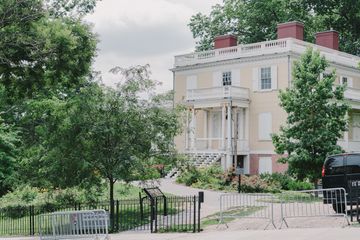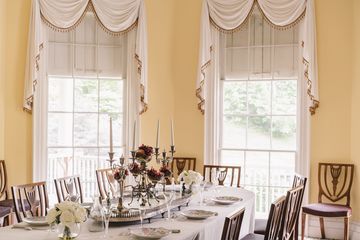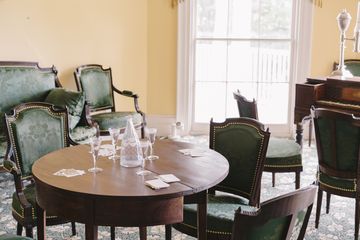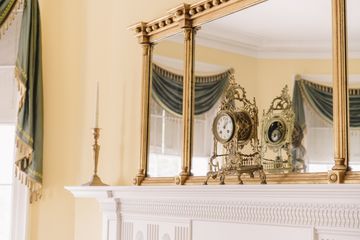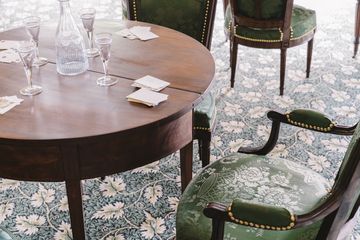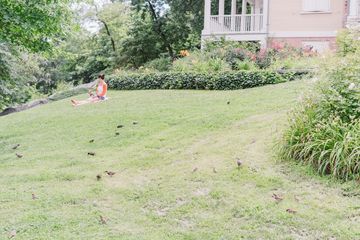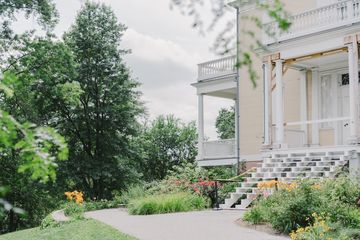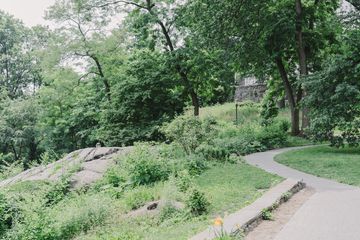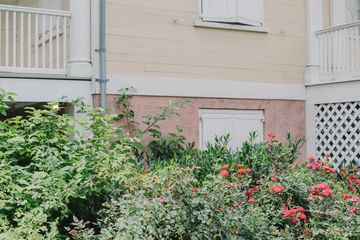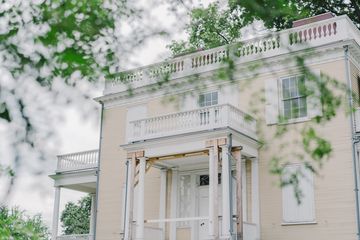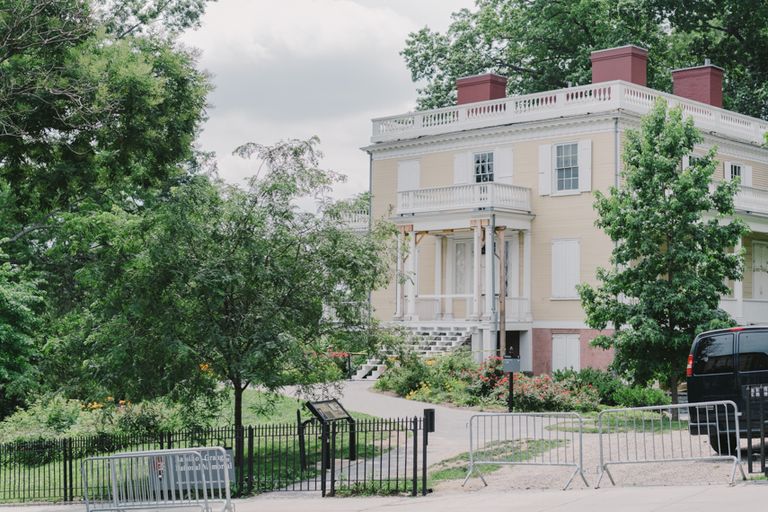
On a street with only a smattering of businesses and churches, the Grange, former home of the first Treasury Secretary and Founding Father Alexander Hamilton, is a welcome spot to explore. Hamilton planned and constructed the Grange, named after his ancestral home in Scotland, and called it his “sweet project.”
By the time construction was completed in 1802, Hamilton’s political career had plummeted, and he retreated to the peaceful area in search of solace. It was a milestone for him; while the other Founding Fathers were born landowners, the Grange and its thirty-two acres of land offered Hamilton his first opportunity to indulge in the trappings of wealth. He soon took to gardening — a practice that the current iteration of the Grange upholds, with flower patches that evoke the pastoral landscape that Hamilton would have enjoyed at the time.
The house was initially located on what is now 143rd Street and Convent Avenue, though the surroundings were entirely rural when the structure was built. However, the Hamiltons were only able to reside in the Grange for two years prior to Alexander’s death in 1804, after which his wife, Eliza, had to auction off the house to repay her late husband’s debts.
The American Scenic and Historic Preservation Society later purchased the Grange and turned it into a public museum in 1933. Thirty years later, it was donated to the National Park Service, which sought to relocate the property from its cramped spot on Convent Avenue. In 2008, the Grange was lifted on stilts and rolled 500 feet to its new position adjacent to St. Nicholas Park on 141st Street — an awe-inspiring sight. There followed a period of extensive restoration to both the house and the estate in order to return it to its former glory. It was reopened for public viewing in 2011.
Visitors can wander through replicas of the family room, the dining room, and Hamilton’s study. Even the rugs were provided by a historic carpet company to meet the painstaking standards for accuracy. The restorers tried to keep as much of the house intact as possible despite the repairs, including the original moldings and genuine Italian marble of the mantelpiece in the dining room. The piano belonging to Hamilton’s daughter, Angelica, still sits in the family room — it has several broken keys because repairing them would detract from its authenticity.
